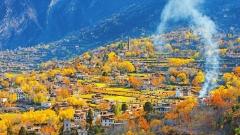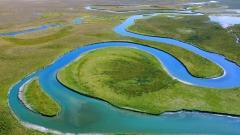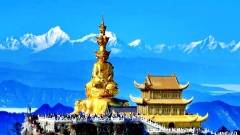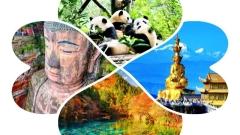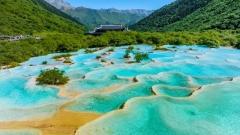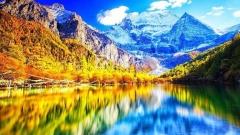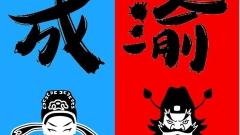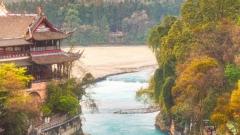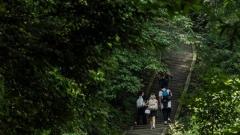High on the vast grasslands of western Sichuan lies Litang, a Tibetan town often called the “High City” because of its altitude of over 4,000 meters. Known as the birthplace of the 7th and 10th Dalai Lama, Litang holds great cultural and spiritual importance in Tibetan Buddhism. At the same time, it is a destination of striking natural beauty and rich nomadic traditions, making it a hidden gem for travelers exploring the eastern Tibetan Plateau.
Spiritual Significance of Litang
Litang has earned a sacred reputation thanks to its connection with Tibetan Buddhism. Both the 7th Dalai Lama (Kelzang Gyatso) and the 10th Dalai Lama (Tenzin Gyatso) were born here, adding deep spiritual meaning to the town. Today, pilgrims still come to honor their legacy, and visitors can sense the strong religious atmosphere in local temples and among the devout community.
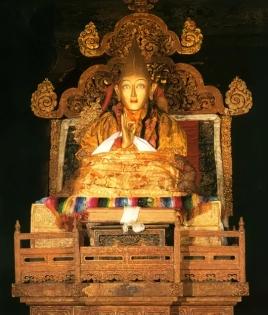
7th Dalai Lama (Kelzang Gyatso)
Litang Monastery (Ganden Thubchen Choekhorling)
The most prominent religious site in town is Litang Monastery, founded in the 16th century. As one of the largest monasteries in the Kham region, it houses hundreds of monks and showcases stunning Tibetan architecture. Visitors can walk through its prayer halls, admire murals and thangkas, and listen to the resonant chanting of monks during ceremonies. The monastery also plays a central role in the town’s religious and cultural festivals.
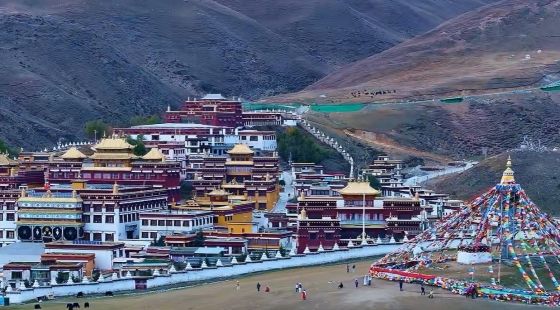
Litang Monastery
Natural Beauty and Grassland Scenery
Surrounded by rolling meadows and snow-capped mountains, Litang offers breathtaking landscapes. The Litang Grassland is one of the largest on the Tibetan Plateau, where travelers can enjoy wide-open skies, yak herds grazing peacefully, and unforgettable sunrises and sunsets. The high altitude also means the air is crisp and the stars shine brilliantly at night, perfect for stargazing.
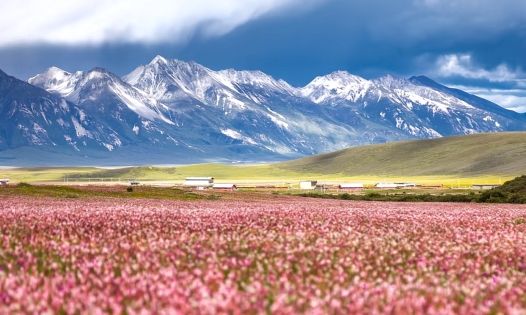
Local Culture and Festivals
Litang is not only about history and religion—it is also alive with Tibetan nomadic traditions. The annual Litang Horse Racing Festival, held every August, attracts nomads from across Kham. During the festival, you can see thrilling horse races, traditional Tibetan dances, and locals dressed in colorful attire. It’s one of the best times to experience Tibetan culture in its most vibrant form.
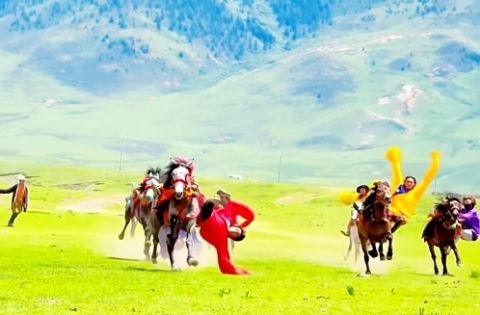
Practical Travel Tips
-
Best Time to Visit: July to September offers pleasant weather and coincides with the horse racing festival.
-
Altitude Awareness: At over 4,000 meters, Litang can cause altitude sickness. Take time to acclimatize.
-
Getting There: Litang can be reached by road from Chengdu, Kangding, or Daocheng. The journey is long but scenic, passing through dramatic mountain landscapes.
-
What to Pack: Warm clothing, sun protection, and basic medicine for high altitude travel.
Conclusion
Litang is more than just a highland town—it is a place where history, spirituality, and nature come together. As the birthplace of two Dalai Lamas, it holds a unique place in Tibetan Buddhism, while its vast grasslands and nomadic culture offer unforgettable travel experiences. For those looking to explore beyond the well-trodden paths of Tibet and Sichuan, Litang is a destination filled with discovery and meaning.



